Meet a Lawn Alternative That Works Wonders
http://decor-ideas.org 01/25/2014 23:22 Decor Ideas
For a few years I’ve been experimenting with sedges, namely Carex spp; many of the species are native to the United States. Lawns and I are in a relationship defined by benign neglect and occasional full-on loathing, and sedge is a wonderful alternative for almost any location.
From a dry slope to shade, sun to boggy clay, hill to pond, you’ll find a sedge for any spot and design requirement. Did I mention some are evergreen and look stunning in winter? Or that they support skipper butterfly caterpillars? Many Carex are so darn adaptable, you can put them anywhere and they’ll adjust quite well. Miracle plants? Just maybe. They’re also irresistible to touch.
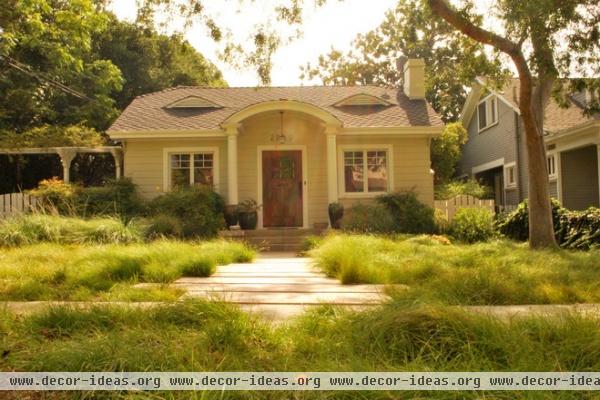
Here’s a Southern California front yard that gets some shade and is filled with clustered field sedge (Carex praegracilis). Tolerant of almost any condition, it is especially adapted to salt spray from the road — perfect for hell strips (or heck strips). It’s native to the West and the plains but has been introduced everywhere but the Southeast. This sedge is about 2 feet tall and wide and, like most sedges, grows in spring and fall while being green early and late, when most other plants are sleeping.
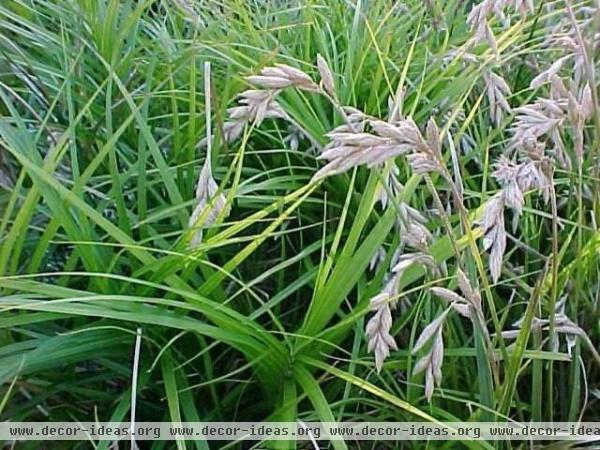
Palm sedge (Carex muskingumensis) is native to all of the Midwest. It gets to about 2 feet tall and wide, preferring sun and medium to moist soil (clay is perfect). It can take some shade and also some standing water. The seed heads are quite ornamental, as is the winter foliage. You can see here that its leaves are wider, and there are cultivars like ‘Oehme’ that have variegated edges.
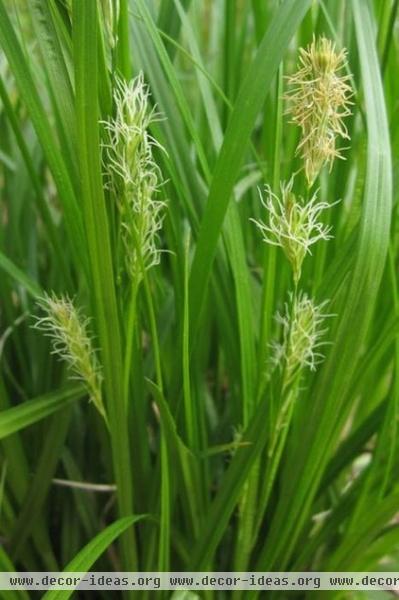
Here’s a sedge that keeps its color even in snow (many do, but this one is especially good, I’ve been told). It’s long-beaked sedge (Carex sprengelii). It gets nice flowers in spring to early summer, like most sedges, and its leaves are a bit wider. In drier, sunnier spots, it might only be 1 foot tall, whereas in wetter or shadier spots, it could reach 3 feet tall. This sedge is native from the central and northern U.S. up into Canada.
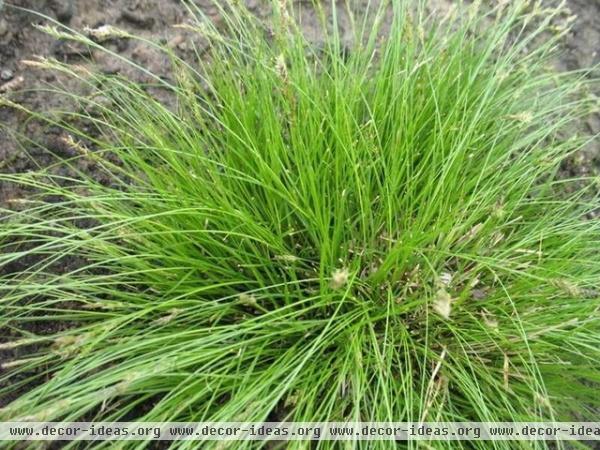
Here’s white-tinged or oak sedge (Carex albicans). It’s native from the Eastern Plains to the Atlantic. Short at no more than a foot tall and wide, it is one of the most adaptable sedges. It slowly spreads by rhizomes — a bonus for difficult lawn areas or slopes. If you want a really carefree and low-growing sedge, try plains oval sedge (Carex brevior), which is native to most of the U.S. and can take pretty much anything at all (again, most sedges can, but some — like C. brevior — are even more suited to tough love).
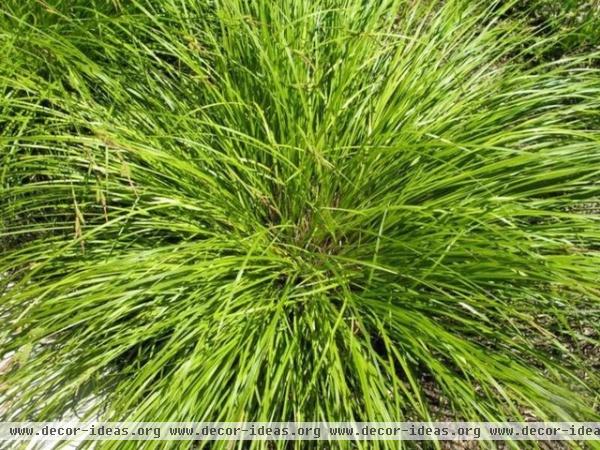
If you have a low spot and like the look of oak sedge, try tussock sedge (Carex stricta). Native from the Central Plains all the way to the East Coast, it gets 1 foot to 2 feet wide and 1 foot to 3 feet tall — the wetter, the taller. The great thing about sedges in wet soil, even standing water, is that you don’t have to cut them down — in fact, you shouldn’t. Their old growth clarifies standing water.
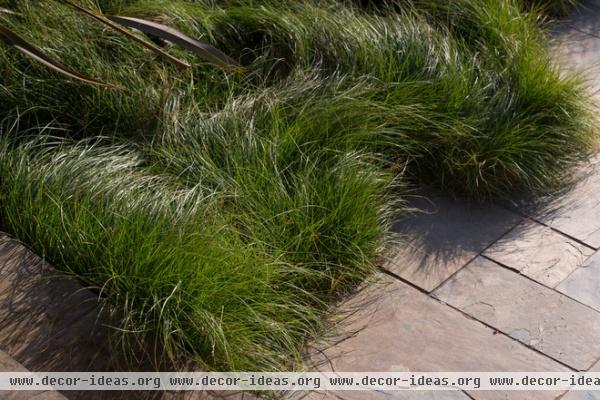
How to Use Sedges
Sedges are versatile, fascinating, superadaptable and much-underused plants in landscapes. Some are wavy clumpers that soften hard edges.
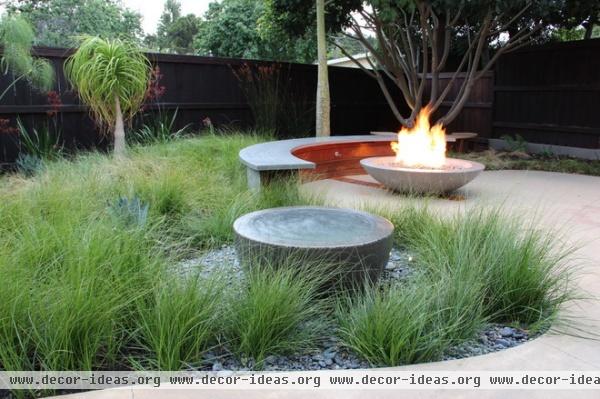
Or they can be used in a sparse or modern landscape en masse or in groups.
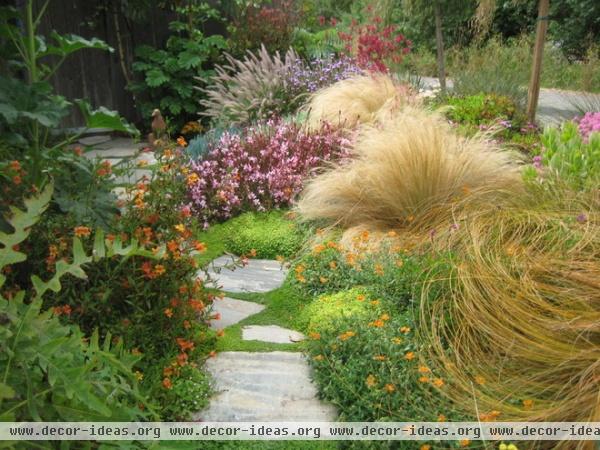
They can be used to break up a cacophony of flowering plants in a border or path either in spring or fall, or on into winter, when they keep their ornamental interest.
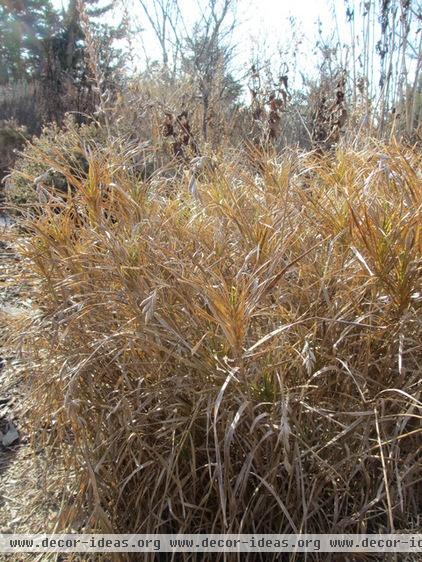
You can use sedge for a lower alternative to taller native grasses like Indian grass, switchgrass and bluestem, or as a more adaptable and carefree substitute to drought-tolerant shortgrass natives like sideoats grama, blue grama and prairie dropseed. Put a Carex anywhere, and it should do just fine for you.
More: 7 Low-Maintenance Lawn Alternatives
Is It Time to Consider Fake Grass?
Related Articles Recommended












